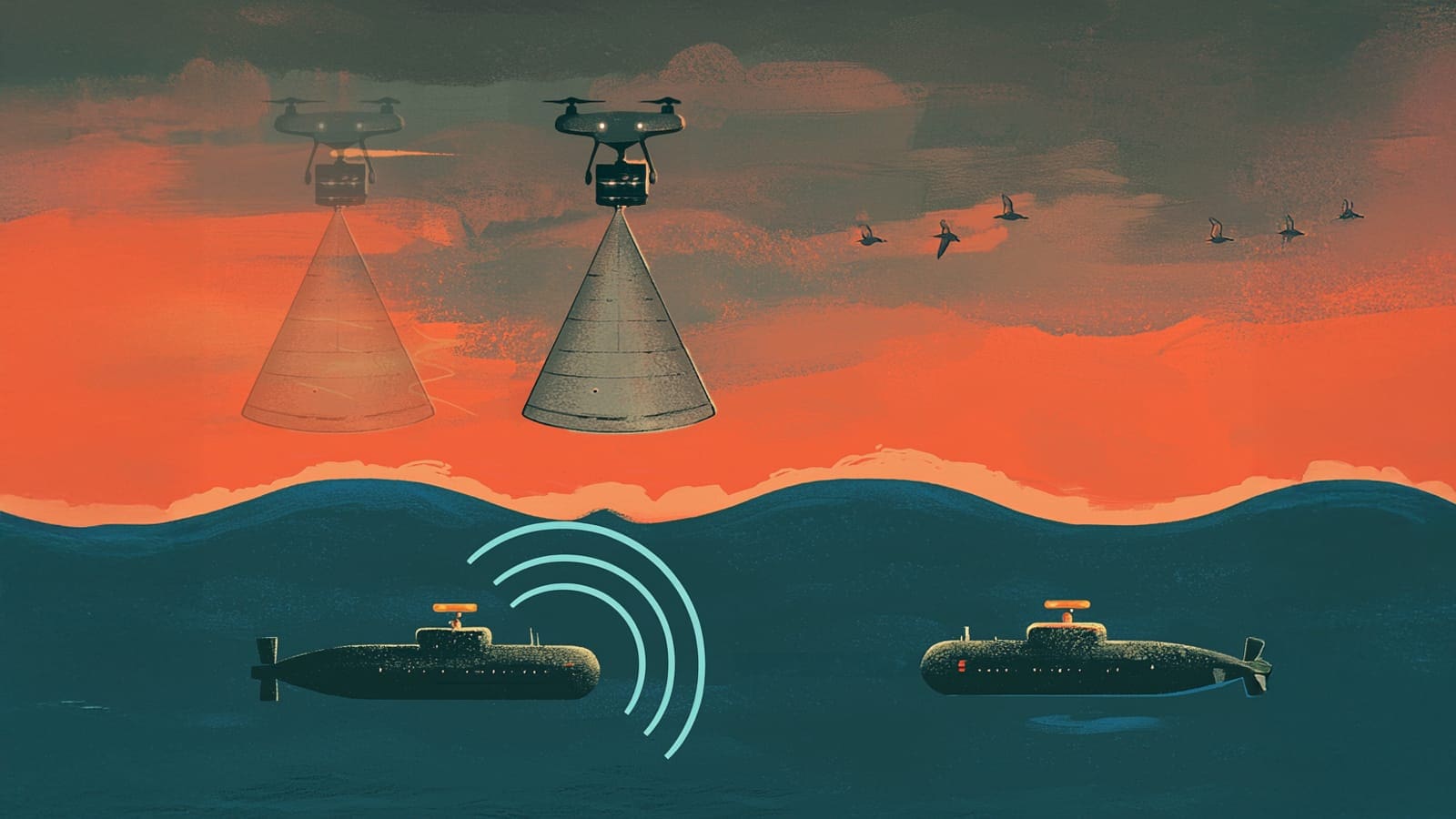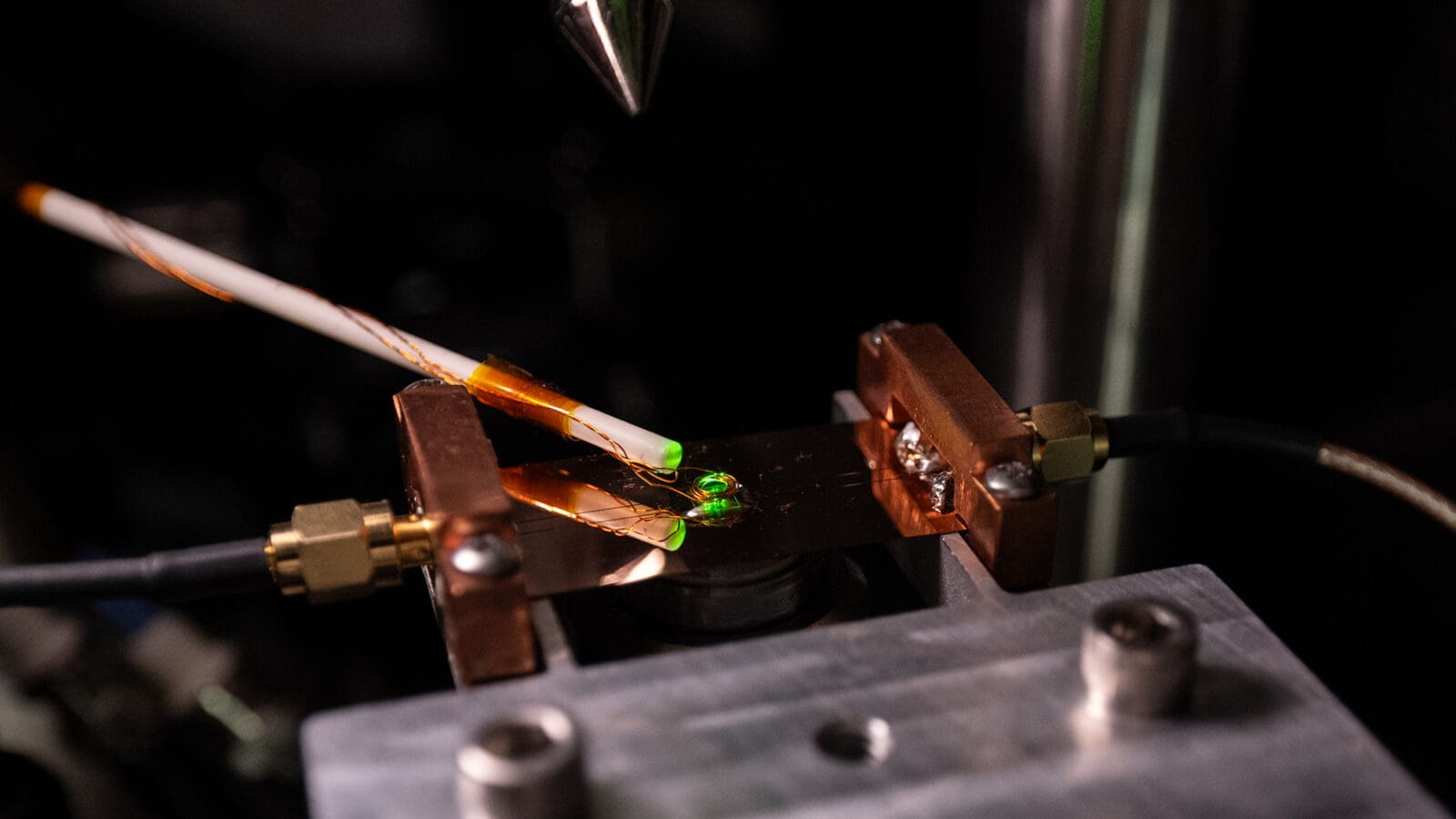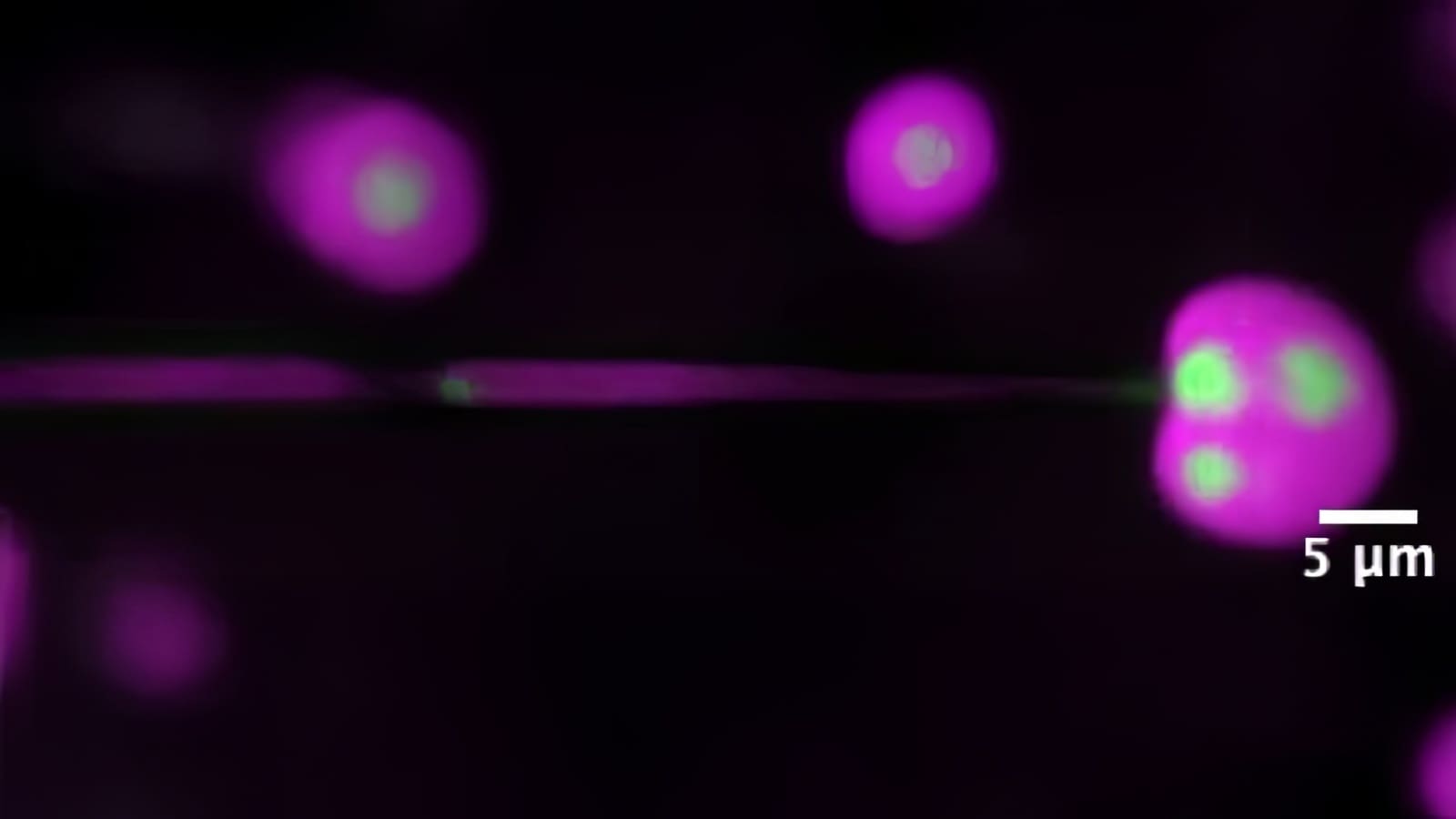Beyond encryption, new stealth technique hides messages
By
on
Princeton engineers have invented a method of stealth communication that disguises not only the information contained in a message, but the existence of the message itself.
Today’s encryption technologies rely on computer programs to scramble information, but the fact that a message is being sent is still detectable to outside parties. Evgenii Narimanov, assistant professor of electrical engineering, and graduate student Bernard Wu have taken security to a new level, hiding the transmission in the “static” — or minute random light pulses — found along the fiber-optic cables in all public networks.
“One would use this stealth not instead of, but in addition to encryption,” Narimanov said, thereby providing the greatest security possible.
Narimanov and Wu presented their proposed method at the annual meeting of the Optical Society of America on Oct. 9.
The most exciting thing about this form of stealth, Narimanov said, is that it would use existing technology and networks. His system relies on a technique called CDMA (code-division multiple access), which spreads radio transmissions across the spectrum and is widely used in increasing the capacity of cell phone networks.
Narimanov, whose research arises from his background in theoretical physics, is working with electrical engineering professor Paul Prucnal to test the concept experimentally.
The CDMA encoder would be used to transform the message into a lengthy series of small signals that are imperceptible against the ever-present background noise in public information networks. Upon receipt of the transmission, the appropriate party could use a similar method to condense the message back into its original form, provided they were aware of how it had originally been manipulated.
Though the method is not yet in use, this “cheap and fast” technique could lessen the need for organizations to build and maintain more secure and more expensive networks, he said.
“This can be done at many levels – from long-haul all-optical networks to the really small ones, such as a fiber network on a ship or on an airplane,” Narimanov said.







